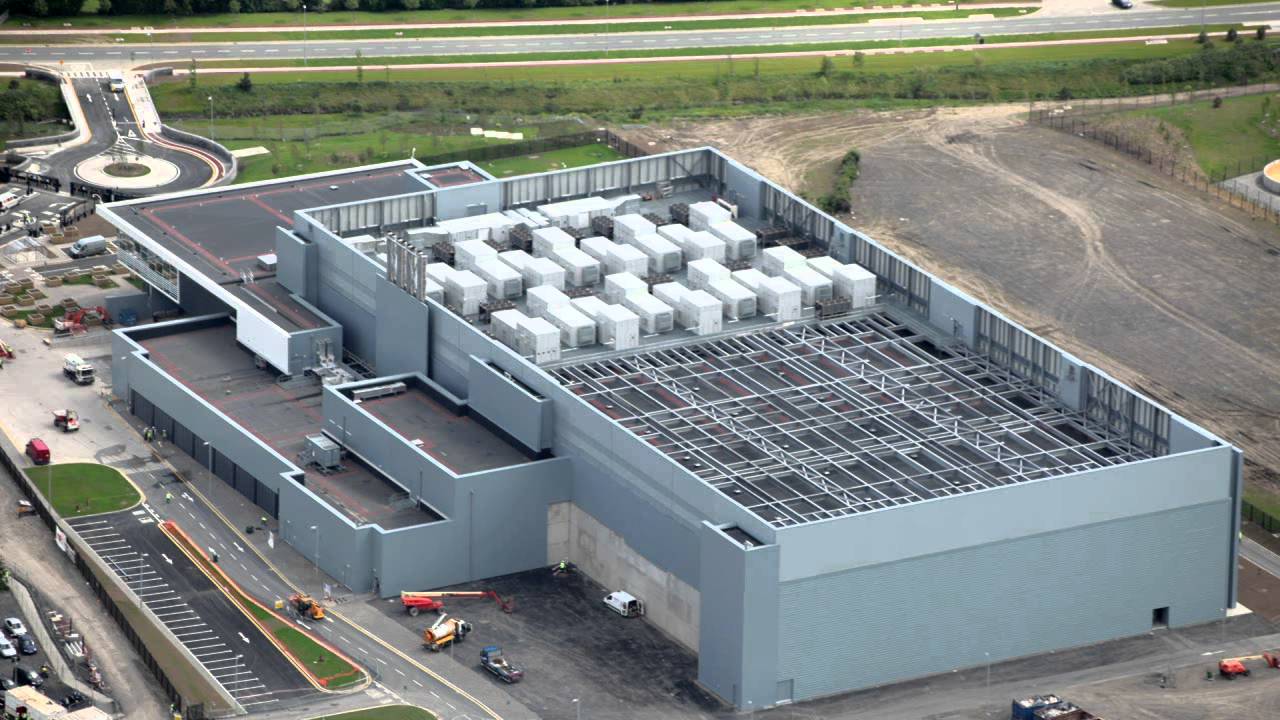
Microsoft is planning to invest around US $2bn in a new data centre in West Des Moines, Iowa in America’s mid-West according to local press reports.
State documents were released last week outlining proposals. An initial investment of $417.7m will be the first phase of development.
Microsoft will have spent a total of around $3.5bn in West Des Moines after this project, reports said. The site will cover 1.7 million square feet, with claims that this data centre will be the largest of its kind in the US.
Entitled ‘Project Osmium’, Microsoft are to create 57 jobs in the first phase in order to receive state funds.
The project will facilitate Microsoft Azure, the company’s cloud computing platform, aiding Microsoft’s global network of managing applications and services.
There has been a rise of 102 per cent revenue in the last year from Microsoft Azure’s product alone.
Microsoft’s first two data centres in West Des Moines are still undergoing construction after building work started in 2008 and 2014 respectively.
The picture above is Microsoft's Dublin data centre in Ireland which is 300,000 sq ft in size.
Meanwhile the world bank is financing a data centre in Bangladesh.
World Bank provides an extra $10 million for Bangladesh data centre
The World Bank is providing Bangladesh with $10 million for an improved data centre which will be more in line with international digitisation standards.
Based in Dhaka, the data centre will operate with a 200 terra-byte storage capacity which would see an increase by 180 times on the current design.
Acting country director of the World Bank, Rajashree Paralkar, has stated that Bangladesh is moving towards more suitable standards in line with ever growing procurement demands as well as benefitting Bangladesh in a socio-economic sense.
‘‘This in turn will improve the country’s investment climate and accelerate the pace of poverty reduction.’’
The project began in 2011 and seeks to support online performance monitoring systems covering transport, local government, water and power. In total this covers around half of the country’s annual development budget.
Paralkar has reason to be optimistic after the World Bank’s aid.
‘‘Results are visible in the economy, efficiency and transparency of the system that ensures better value for money.’’






